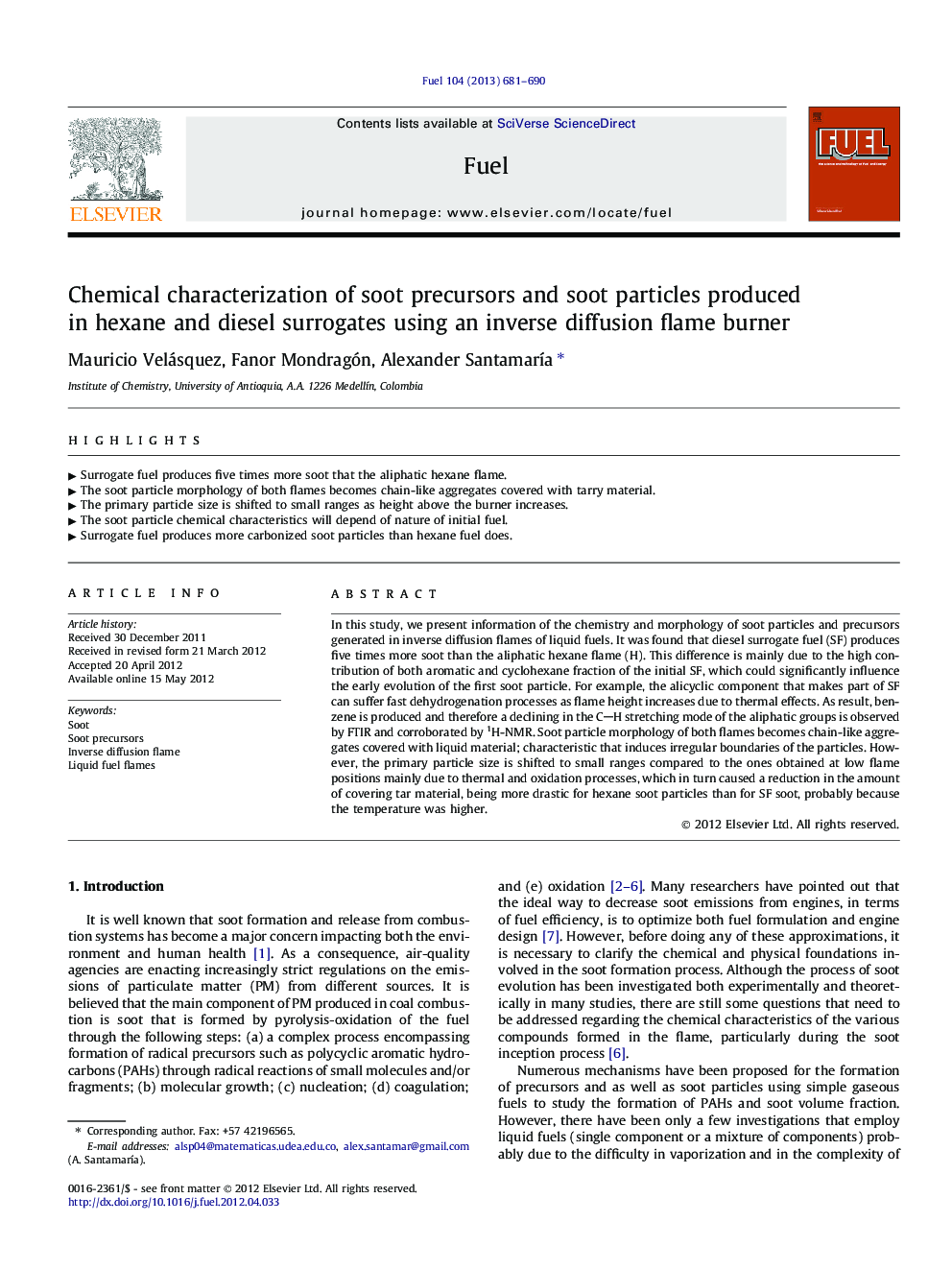| Article ID | Journal | Published Year | Pages | File Type |
|---|---|---|---|---|
| 6642935 | Fuel | 2013 | 10 Pages |
Abstract
⺠Surrogate fuel produces five times more soot that the aliphatic hexane flame. ⺠The soot particle morphology of both flames becomes chain-like aggregates covered with tarry material. ⺠The primary particle size is shifted to small ranges as height above the burner increases. ⺠The soot particle chemical characteristics will depend of nature of initial fuel. ⺠Surrogate fuel produces more carbonized soot particles than hexane fuel does.
Related Topics
Physical Sciences and Engineering
Chemical Engineering
Chemical Engineering (General)
Authors
Mauricio Velásquez, Fanor Mondragón, Alexander SantamarÃa,
